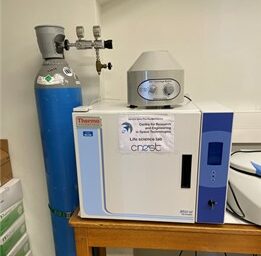
In the last ten years, space organisations globally, along with new market players, have made it easier to access space for scientific and technological research. This movement towards making space more accessible has attracted a broader spectrum of scientists who were previously unaware of the possibilities for conducting experiments in space. This growing group includes experts from various fields such as biology, physiology, pharmaceutical chemistry, fluid physics, soft matter, and thermodynamics, although this list is far from complete.
However, many researchers from this broadened community may not completely grasp the intricate requirements for setting up and carrying out space experiments. CRESTLAB has been established to provide an extensive research platform to assist both academic and industrial sectors in designing, preparing, and performing benchmark experiments on Earth, which can then be modified for different space environments—whether it be in microgravity, lunar or Martian gravity, or hyper gravity.
CRESTLAB is structured around four specialized laboratories—Life Sciences, Material Sciences, Physical Sciences, and Data Science—along with two technical workshops. These facilities boast advanced instruments and support services that cover all phases of space experiment planning, from the initial engineering design and breadboard construction to early testing and data analysis.
Along with the technical support offered by our experts at CREST, here is a list of some major equipment available at CRESTLAB to help design space experiments:
CO2 incubator midi 40
Brand: Thermo Scientific
Description: The Midi 40 CO₂ incubator is designed specifically for people who require a compact culturing workspace to handle small workloads.
The design features a heated inner glass door which prevents condensation, a non-porous silicon gasket maintains the chamber integrity. Units have a weldless stainless steel chamber for easy cleaning. This unit can be stacked because of its reinforced cabinet. The advanced IntrLogic™ II microprocessor has a bright digital display and intuitive touch pad for simplified entry of temperature, CO₂ and alarm data, with keyed set point switch to prevent unauthorised changes to the operating parameters. Unit has audible and visual alarm functions, precise and reliable CO₂ control featuring an accurate thermal conductivity sensor.

